Ask and Answer: Personalizing Self-Care Practices
I am trying to better manage some generally low-level but consistent anxiety and have been for years. So many people have recommended meditation, but every time I have tried it (and I have tried meditation apps, just counting or repeating a mantra, reading books about meditation) I just feel even more anxious and sometimes like I might panic. It felt really validating to read in your column that I am not alone in having this type of experience. Now I am wondering about other ways of personalizing a grounding self-care approach that might be a better fit for me. Do you have any suggestions?
-A Fellow Human
Dear Fellow Human:
Thank you for this question! So often we are offered skills and practices that don’t quite work for us. As a fellow human who also panics during meditation attempts, I have had to learn more about the process of grounding (grounding defined here as feeling safe and present, as opposed to anxious and distracted) and using this as a roadmap to find what works for me. In this spirit, I’d like to offer an exercise that I use to help identify strategies and techniques that really feel personal and useful for my practice.
Take 10-15 minutes to reflect on your own experiences of feeling safe, calm, and peaceful. To begin, make yourself comfortable and close your eyes if that helps with imagination. Pick one or two memories of moments that you recall feeling this way, and really feel your way into that experience. (A note: if it is hard to recall these moments, come back to this exercise after a week or so, with the intention of noticing, consciously, when you feel safe, calm, and relaxed during the week, and moving to steps 2 and 3 after noting these experiences.) Notice what you remember on a sensory level: were you warm or cool? Were you indoors or outdoors? Do you remember any sounds? Were you alone or in the company of others?
After you feel you have really noticed as much sensation/perception information as possible, write down a list of words that describe these memories. Even if the words don’t all seem related, put down as many as you can. My list looks like: warm, floating, solitary, beautiful colors (blues, greens), nature sounds, outdoors, stillness, mindless (daydreaming), pine smell, lying down, people are around but not right there, running water sounds, sense of sun on skin, eyes closed, soft things.
Sit with each word on your list and check in with yourself about how much that word feels at the heart of “safe, calm, and peaceful”. Some will just feel more important than others; some will feel a little more take-or-leave-it. When I spend time with my list, the words warm, beautiful colors, and nature sounds all resonated most intensely with me. You may find that some of your words make perfect sense and some may be surprising. I was not surprised at all to feel that warm and nature sounds were such strong associations for me, but I rarely think of beautiful colors on their own as a primary relaxer; however, my body really responded to those words and I began breathing deeply and fully when I imagined that sensory experience. Work toward identifying 2-3 words that feel the most relevant.
Consider self-care strategies that incorporate these qualities or words on your list, remembering to think about immediate/crisis and also consistent/ritual care practices. I find that, in a moment of high anxiety or panic, warming really helps - taking a hot shower, putting on a cozy sweater, or washing my hands in very warm water all immediately generate heat in my body and quickly help me move through that spiked nervous system arousal. Consistent, ritual practices that help me spend more time each day in a balanced nervous system state include walking outdoors near water and trees and engaging in art projects that require repetitive actions and beautiful materials, providing a soothing tactile experience.
As an additional exploration, spend some time thinking about and perhaps learning more about cultural practices and nourishing traditions within your family or community. This can lead to new ideas about healing rituals while also supporting a sense of connection with the greater world. This past year I found myself drawn to rug-hooking, a fabric art new to me, although my matrilineal line has practiced this craft for several generations. What felt at first like a fun hobby quickly and unexpectedly turned into a cornerstone of my self-care practice. While rug-hooking, I noticed a deep sense of calmness, an awareness that my breathing became more even and deep and my heartrate slowed. I recognized that this ritual also tapped into all three of my self-care cornerstones: I was able to get warm and cozy while working with aesthetically appealing materials, designing images of the natural world. I also felt a sense of connection with my own history in a way that felt meaningful- a deeper sense of connection through engaging in a practice that spanned time and place.
Finally, feel free to expand the definitions that are offered to you. “Meditation” can be experienced in many different ways once you know more about what works and doesn’t for you and your body. There is no one right way to get to a more peaceful state of mind. You may find that the word meditation itself feels limiting because of the associations that come along with the concept. Adding qualifiers like “walking meditation” or “shower time meditation” may help you honor the calming work you are doing, while recognizing the spaces and places where you can access that state of mind.
Best of luck and feel free to let me know if any of these strategies worked for you! Until next time.

